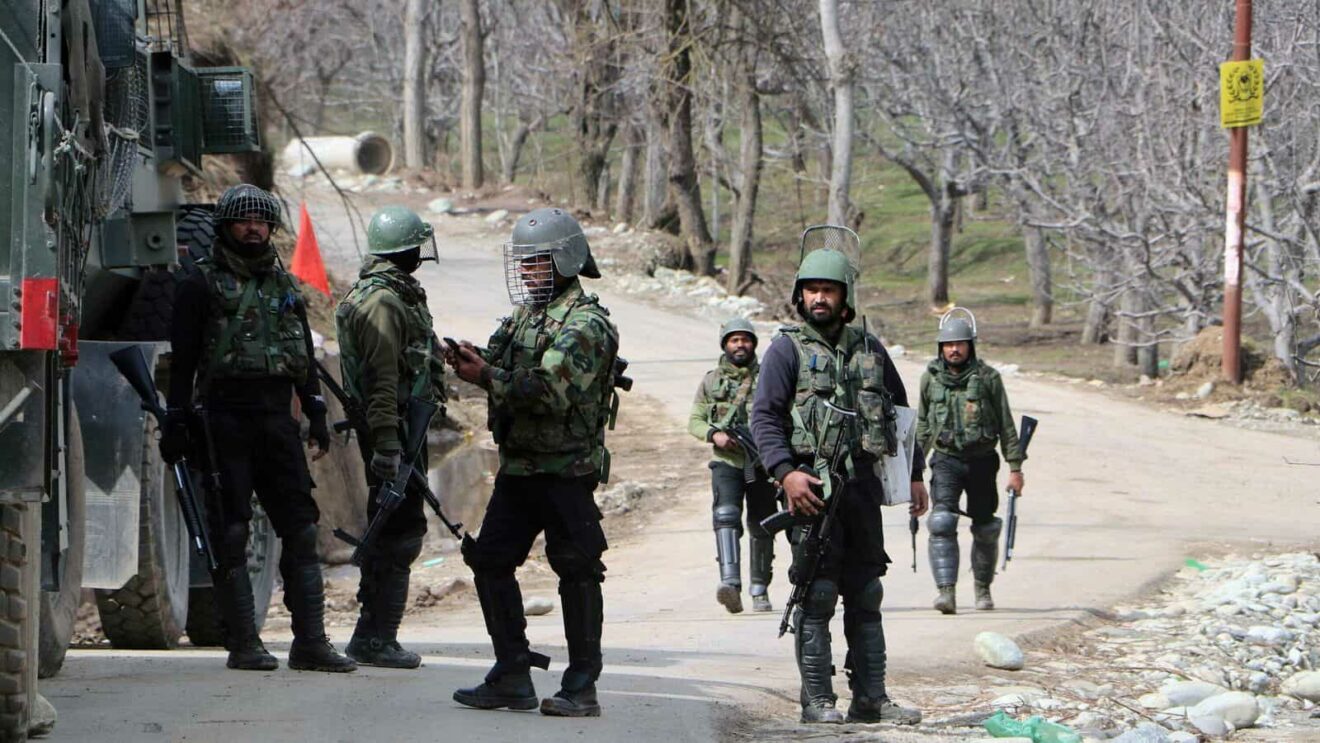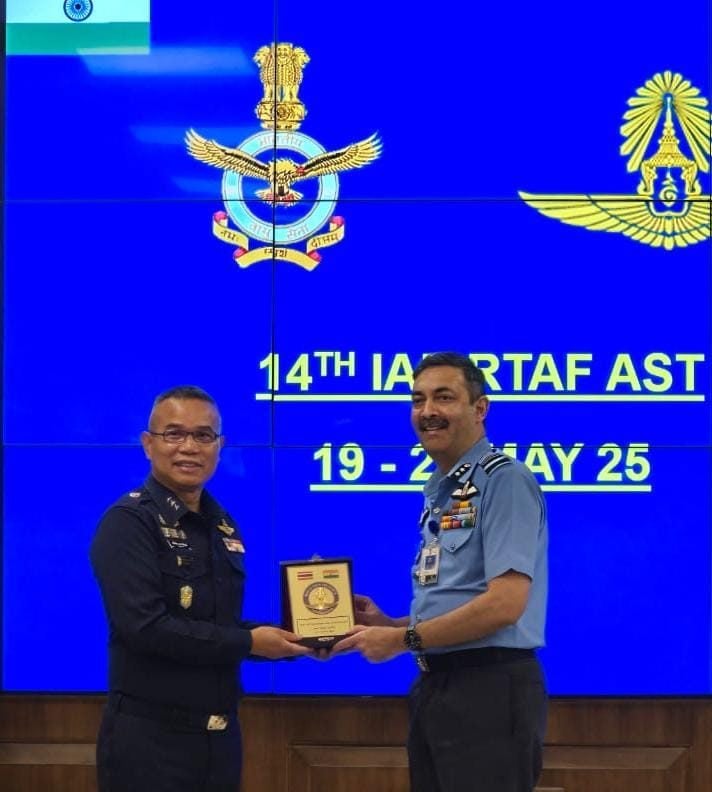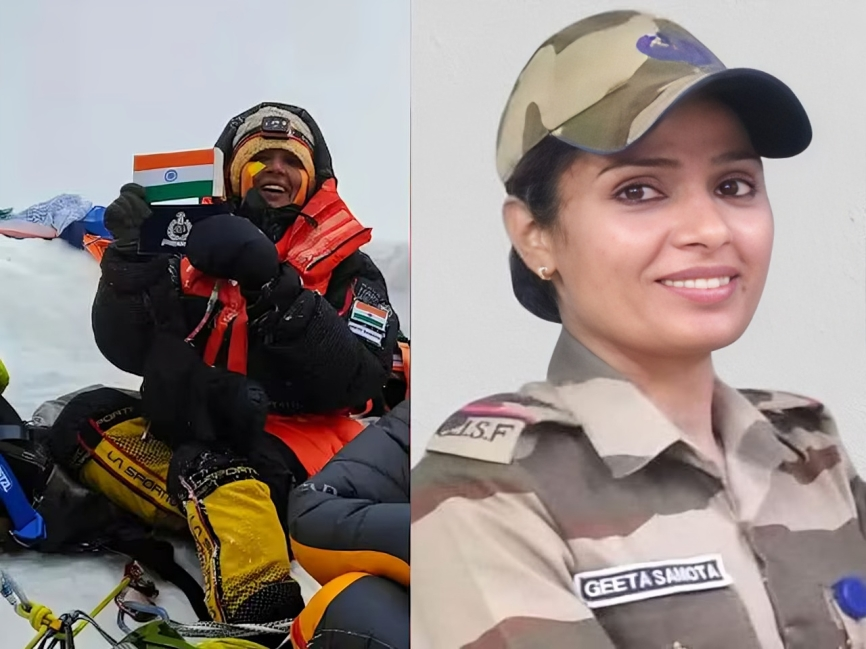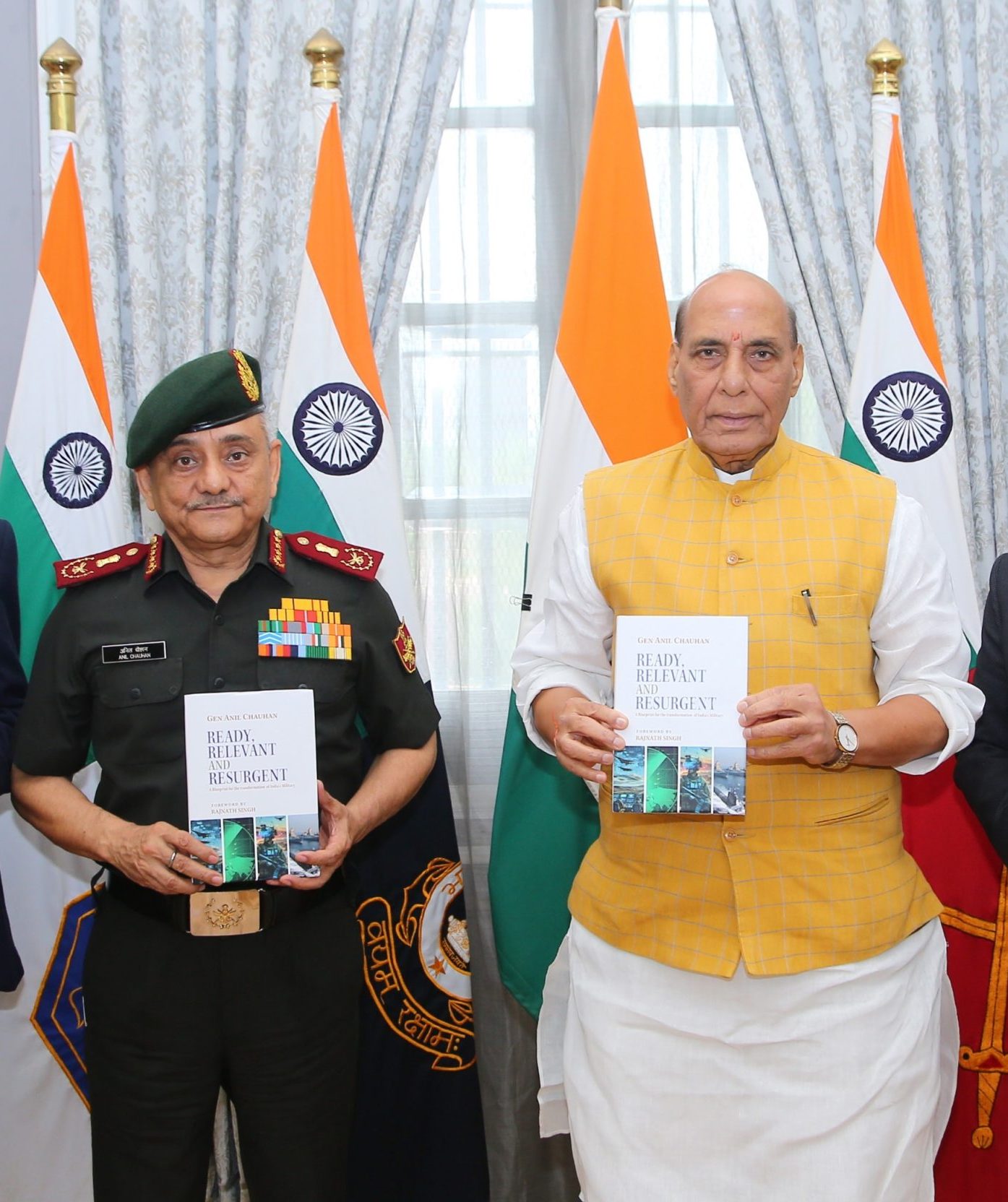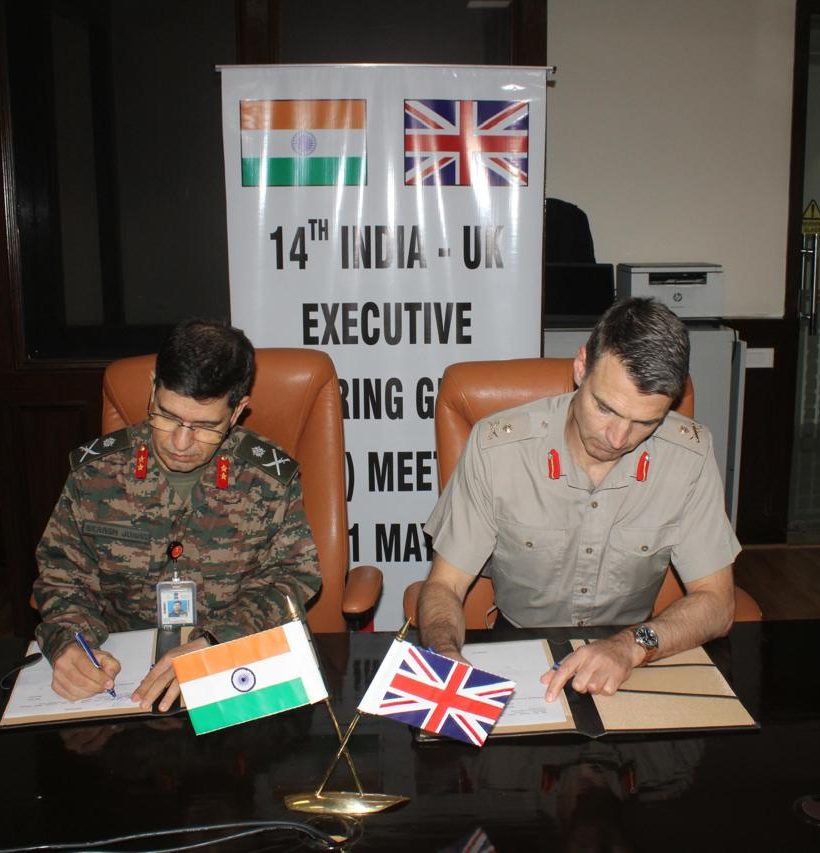Soldier Martyred in Operation Trashi Amid Anti-Terror Offensive in Kishtwar
A fierce gunfight in the Chhatru area of Kishtwar district claimed the life of an Indian Army soldier today during…
India and Thailand Conclude 14th Air Staff Talks to Deepen Strategic Air Force Cooperation
The Indian Air Force (IAF) and the Royal Thai Air Force (RTAF) concluded the 14th edition of their Air Staff…
CISF Sub-Inspector Geeta Samota Becomes First Woman from Force to Summit Mount Everest
In a historic achievement, Sub-Inspector Geeta Samota of the Central Industrial Security Force (CISF) has become the first woman from…
Defence Minister Launches CDS General Anil Chauhan’s Book on Military Transformation
In a landmark move aimed at reshaping India’s defence strategy, Defence Minister Rajnath Singh today unveiled a new book authored…
India and UK Deepen Military Cooperation at 14th Executive Steering Group Meet
India and the United Kingdom have reinforced their growing defence partnership during the 14th India-UK Executive Steering Group (ESG) meeting,…
ISI-Linked Spy Ring Busted: Two Arrested for Plotting Terror Attack in Delhi
Indian intelligence agencies have foiled a major terror plot in the national capital by arresting two individuals allegedly linked to…

